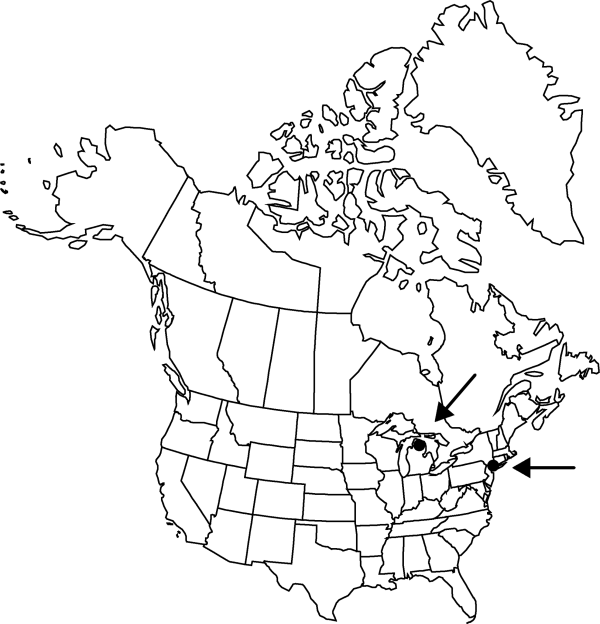Dysphania aristata
Ukrayins’k. Bot. Zhurn., n. s. 59: 383. 2002.
Stems erect, [very bushy-branched] profusely branched from base to ± simple, [0.4–] 0.7–2.5 [–5] dm, glabrous or with scattered inflated hairs and uniseriate nonglandular trichomes, especially towards base. Leaves nonaromatic; petiole to 0.4 mm; blade [0.8–] 2.8–3.4 [–4.1] × 0.1–0.3 [–0.6] cm, base attenuate, margins entire (to occasionally shallowly erose-dentate), apex acute, mucronate, glabrous adaxially. Inflorescences a terminal thyrse, 2.2–4.5 [–13] cm, or lax, pyramidal cymes, bearing flowers almost from base; bracts absent. Flowers: perianth segments 5, distinct nearly to base, distinct portions obovate to elliptic or ovate, with low tubercle or sometimes keeled abaxially, 0.5–0.7 × 0.3–0.4 mm, apex obtuse to subacute, glabrous, loosely covering fruit at maturity; stamens 5 (or absent in pistillate flowers in distal portion of inflorescence); stigmas 2. Achenes subglobose; pericarp adherent, membranaceous, finely granular. Seeds subglobose, 0.5–0.8 × 0.4–0.5 mm, margins rimmed; seed-coat smooth.
Phenology: Fruiting late summer–fall.
Habitat: Waste areas, sandy soils
Elevation: 0-500 m
Distribution

Introduced; Mich., N.Y., native to Asia, in s, se Europe
Discussion
Selected References
None.
Lower Taxa
"dm" is not declared as a valid unit of measurement for this property."dm" is not declared as a valid unit of measurement for this property.